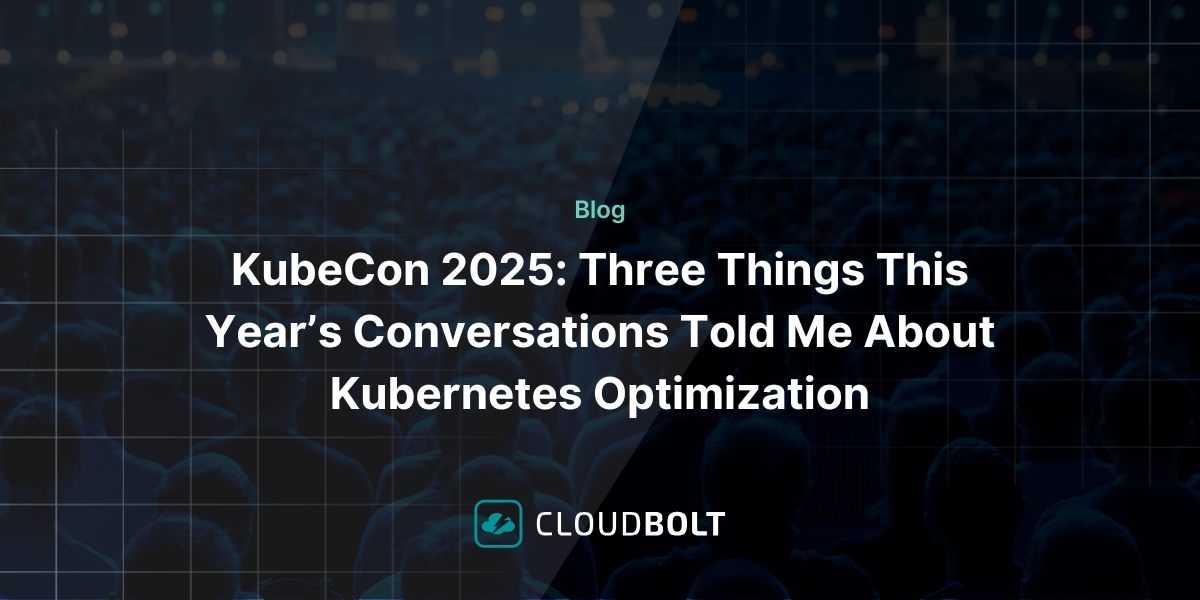Three Orchestration Challenges That Cloud Orchestration Software Can Help Solve
Hybrid cloud architectures are becoming more commonplace. Some enterprises want to augment their current physical infrastructures with a public cloud deployment that acts as a failover. Others simply want scalable off-site storage for their backups. Hybrid cloud deployments are available in many organizations today. But such deployments also come with management challenges. Orchestrating a hybrid infrastructure during its adoption and in the long term is no walk in the park.
So, what is cloud orchestration?
Cloud orchestration is the use of programming language to manage interactions and interconnections between workloads on private and public clouds. Cloud orchestration software connects automated tasks to create a cohesive workflow.
In a typical hybrid setup, engineers manage two silos – the private on-premises deployment and the public cloud platform. Orchestration is a great method for managing complex cloud setups. However, it requires a significant investment in time to build and maintain. Each organization must customize the orchestration to its business needs.
Poorly put-together cloud orchestration software can cause growing pains in an organization. For this reason, you should make sure you get things right. And, even then, a lot of engineering goes into it as the resource needs of the organization grow.
Here are the three main challenges with cloud orchestration software.
1. Tooling
There are a ton of popular open-source cloud orchestration software solutions that are constantly evolving. Since most products in this space are young, they’re prone to inconsistencies and bugs. This means that organizations are often caught up in lengthy troubleshooting of their cloud environments whenever issues arise. Consequently, it’s necessary to stay on top of the latest updates and changes in the cloud orchestration software in use.
Commercial orchestration tools make things much easier. They offer a more stable and reliable toolset, but it comes at a cost. The enterprise should pick a tool with reasonable licensing fees and excellent support. Keep track of recurring charges since they can quickly add up.
2. Security
Security can be a major concern for most popular cloud orchestration software. Some tools come with insecurely encrypted APIs and are a security risk. Normally, they’ll need to have SSL added separately. This presents the enterprise with a challenge since third-party packages may not get frequent updates and patches. Performance is usually not optimal out of the box. IT staff members have to optimize hardware and provide each infrastructure setup with a customized orchestration solution.
3. Connectivity
It is important to monitor and maintain connectivity in a hybrid cloud setup. With a private cloud deployment, orchestration relies on LAN. A hybrid deployment requires a reliable and redundant WAN connection between the public cloud and the private cloud. In most cases, an existing Internet connection between the two clouds would suffice. But most organizations prefer a high-speed Internet connection or a dedicated low-latency connection to the public cloud.
For example, Amazon Web Services has a Direct Connect product that helps customers to set up an 802.1Q Ethernet connection to their public clouds. Such a connection supports multiple VLANs and allows access to various parts of the company’s resources.
Conclusion
Organizations that wish to improve their productivity and efficiency on the cloud need to consider orchestration. The benefits of having an efficient and faster workflow far outweigh the challenges of cloud orchestration.
Experience the leading hybrid cloud management and orchestration solution. Request a CloudBolt demo today.
Related Blogs

Convergence in 2026: 5 takeaways from Kyle Campos’ Forbes piece (and what to do next)
The last decade of cloud was defined by acceleration. Faster releases, faster scaling, faster everything. But speed also compounded complexity,…

